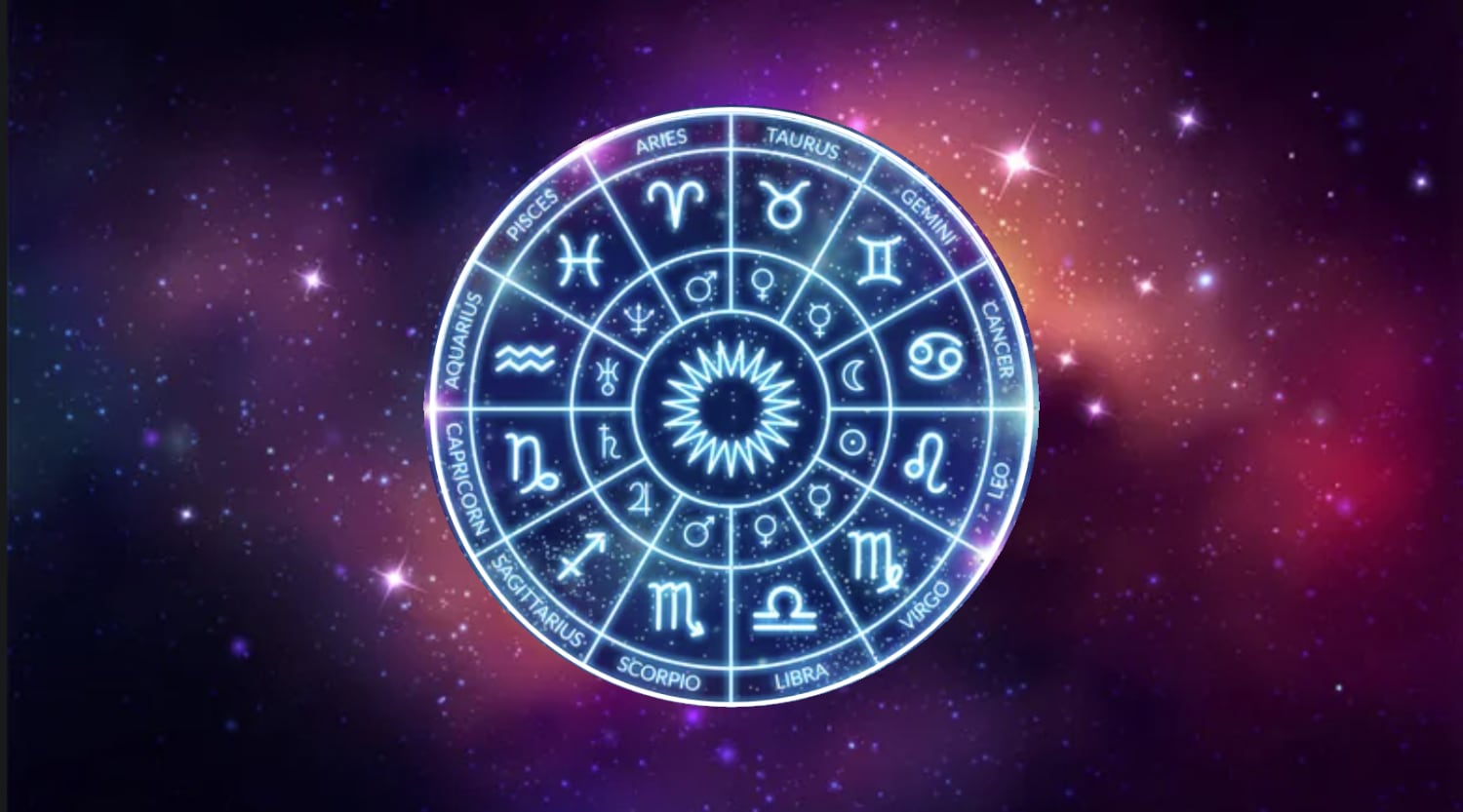Cosmic Landlords and Their Drama

Astrology Fundamentals: Understanding Houses and Rulers
This is going to be an astrological fundamental lesson. If you know the zodiac signs but get stuck when looking at your chart and wondering what your placements actually mean, grab your notebook. Class is in session.
There are 12 houses in a birth chart, just like there are 12 zodiac signs. The first sign is Aries, and the first house represents Aries themes. Then Taurus, then Gemini, and so on. Each house picks up on the flavor of its corresponding sign.
How Planetary Energy Changes by House in Astrology
Aries is ruled by Mars. If someone has Mars in the seventh house, no matter what sign Mars is in, it takes on Libra energy. Libra is the seventh sign, connected to Venus, romance, and relationships. So this Mars becomes a Venusian Mars.
Taurus is ruled by Venus. If Venus lands in the fourth house, that Venus takes on Cancer energy because the fourth sign is Cancer. Now it’s flavored by home, roots, and family. But Venus also rules Libra, so you add romance. If it’s placed in Virgo, you add Virgo’s analytical and detailed energy. Suddenly, you have a Venus that combines themes of Taurus (finances, self-worth), Cancer (home, family), Libra (romance), and Virgo (order, detail). This could describe someone with a beautifully kept home, someone who collects meaningful things tied to love or hobbies, or even someone who bonds romantically over shared collections.
The Complexity of Layered Meanings
This is just one astrological placement. Now imagine a full chart of placements making angular relationships with each other. That’s where things really get nuanced. For example, Taurus themes often connect to collecting or hoarding because self-worth is tied to possessions. If this Venus is in Virgo in the fourth, it may represent someone who keeps collections neatly stored at home, perhaps tied to romance or nostalgia.
Mercury as an Example
The third house is Gemini’s domain, ruled by Mercury. Let’s say Mercury is in the fifth house in Leo. That’s a Mercury with Gemini themes, Virgo themes (since Mercury rules Virgo too), plus the creative, bold energy of Leo. If it’s in Capricorn in the fifth house, you blend Leo’s showmanship, Gemini’s adaptability, Virgo’s analysis, and Capricorn’s authority. That could describe someone who enjoys teaching children, podcasting, or expressing themselves in structured but creative ways.
You see the method here: identify the house, add the sign, then blend the planetary ruler’s energy. This is the foundation of interpretation.
Aspects and How They Shape Interpretation
Once you understand astrology placements, you bring in aspects. Oppositions are tug-of-war, squares bring friction, trines are harmonious, and sextiles are supportive but less strong than trines. Conjunctions blend energy depending on degree closeness. Think of it like a soup: all the ingredients influence each other.
House Rulers Recap
Let’s quickly review house rulers.
- First house: Aries, ruled by Mars
- Second house: Taurus, ruled by Venus
- Third house: Gemini, ruled by Mercury
- Fourth house: Cancer, ruled by the Moon
- Fifth house: Leo, ruled by the Sun
- Sixth house: Virgo, ruled by Mercury
- Seventh house: Libra, ruled by Venus
- Eighth house: Scorpio, ruled by Pluto (modern) or Mars (traditional)
- Ninth house: Sagittarius, ruled by Jupiter
- Tenth house: Capricorn, ruled by Saturn
- Eleventh house: Aquarius, ruled by Uranus (modern) or Saturn (traditional)
- Twelfth house: Pisces, ruled by Neptune (modern) or Jupiter (traditional)
Closing Thoughts
This is just the beginning. Each placement is layered, nuanced, and deeply personal. The more you practice, the better you’ll get at weaving the signs, planets, houses, and aspects into a story that actually reflects someone’s life. Ask questions, test your interpretations, and most importantly, keep learning. Astrology is not black and white, it’s a living language.